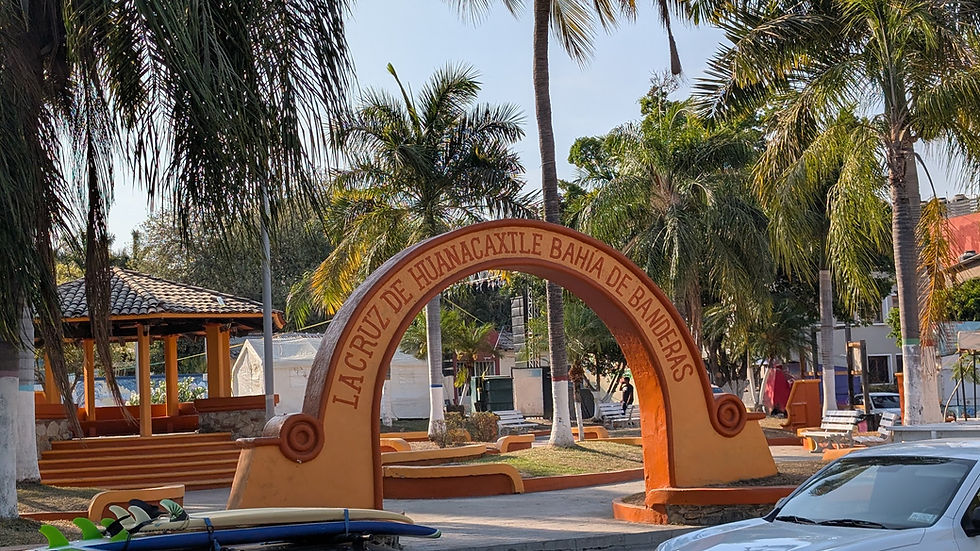Locks
- Capt. Eric
- Sep 7, 2021
- 2 min read
Updated: Sep 9, 2021
Today we went through our 2nd and 3rd lock, The Dalles and John Day. Slowly slowly we're getting better at it, but it's still a new maneuver and experience to us. We'll have 8 in total to make it to the furthest navigable point on the river for us.

In effect, once we passed the Bonneville lock, the Columbia and later Snake rivers become a series of connected lakes.

As you approach a lock, you need to call the operator on VHF channel 14 about 30 minutes in advance. So far we've been lucky and lock operators have let us through almost immediately with no or only a short wait.
During the 30 minutes they prepare the lock if needed, and eventually the operator calls back confirming a "green light" to go in.
On our side, we make sure the boat is ready.
Rules are that all crew must wear PFDs, which Di, Princess and I do anyway, so no further action needed on our part.

With open (or raised) door, the entrance seems narrow and low, though it is much much larger than Enfin's dimensions as the locks are made to fit much larger barge traffic.
The big square entrance reminds me of WWII German submarine pens for some reason.
Once in, per operator's instructions you go and tie lines to one of the floating sliding bits. We always ask, and so far have been granted, to go starboard side alongside since it's the side we have a cockpit gate on and we're therefore used to maneuvering to a dock. Also Enfin's prop walk makes it easier to dock on starboard side.
We rig 2 spring lines: One from the bow, around the bit and back to midships. Another from the stern of the upper deck to the bit and back to midships. The advice is to not tie the lines but simply loop them so that we can react in an emergency if the floating bit stays stuck.
We rig a number of fender balls, as they offer less contact patch to the lock's wall and are wider than our regular cylindrical fenders.
Enfin's height is helpful as the Portuguese bridge and upper deck is the perfect height for us to reach easily. I just need to align the bit with the pilothouse when maneuvering, which takes a little effort but isn't majorly difficult.

Keeping heavy Enfin away from the wall is tough work. The current from the water filling up and the wind make it a hard task. On our 3rd lock we finally cracked it a little better by using short main engine kicks and bow thruster spurts to help.


Once the doors are closed behind us the water level starts rising. It's rather fast overall and today we went through the highest lock in the US with a total lift height of 113 feet. When built it was the highest in the world.

Eventually the lock is full, exit doors are opened and once the lock operator gives the final green light, we let go the lines and motor out.
And that's how we do it!



Comments